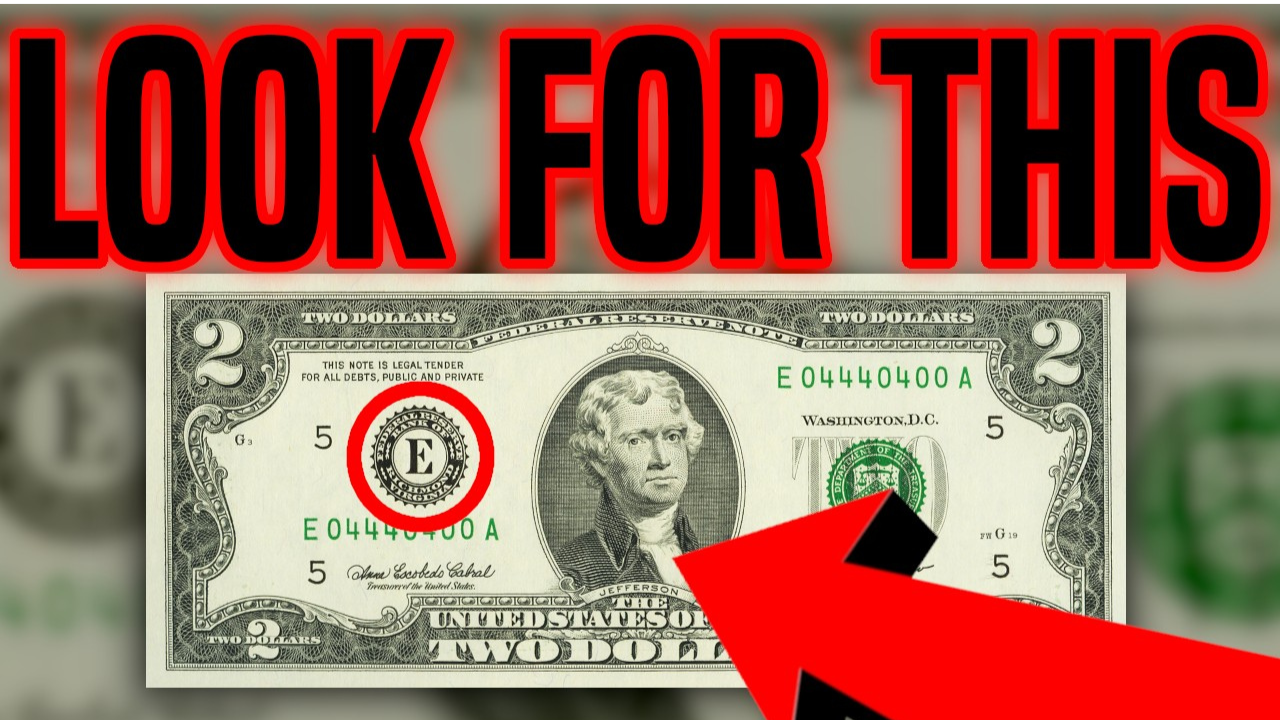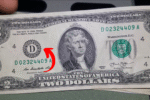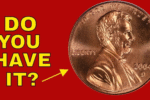Your 1976 $2 Bill Could Be a Hidden Million:A little piece of paper from 1976 is the talk of the collectors world. 1976 Bicentennial $2 bills, particularly those with the rare “repeater” serial number, are now selling for millions of dollars at auction. These bills, once overlooked as pocket money, have become popular among collectors. With a unique design and a special history, they have become the subject of a nationwide search as people search through their wallets and old drawers for potential treasures.
A bill with a big story
In 1976, the U.S. issued a $2 bill to celebrate the country’s 200th birthday. With a picture of Thomas Jefferson on the front and the signing of the Declaration of Independence on the back, it was a big deal at the time. Unlike the old $2 bills with a red seal, these have a green seal and were printed in very large numbers—more than 590 million. Most are worth just $2, but bills with special serial numbers like repeaters are collectors’ top picks. These rare finds are tied to a historical moment, making them even more appealing.
What is a repeater serial number
A repeater serial number is a pattern in which numbers repeat, such as 12341234 or 454545. They’re hard to find because they’re created by chance. The U.S. Bureau of Engraving and Printing doesn’t create them on purpose, so they’re very rare. For 1976 $2 bills, repeaters are prized because of their rarity and the bill’s biannual link. Pristine repeater bills have sold for $500,000 to $2 million at recent auctions, depending on condition and pattern. Even partial repeaters, such as 12121212, can sell for thousands.
The Lincoln Wheat Penny Valued Nearly at $4 Billion, Still in Circulation?
How to Recognize a Valuable Bill
Do you have a $2 note from 1976? Here’s how to know if it’s a winner:
- Look at the serial number written in green ink on the front — check for a repeating pattern, like 56565656.
- See if it’s a star note, marked with a star in the serial; these are replacement bills and are often worth more.
- Check the condition: Crisp, uncirculated notes without any folds or stains are worth more.
- Pay attention to the Federal Reserve Bank letters (A through L); rare ones, like “I” (Minneapolis), can increase the value.
- If you see a repeater, don’t touch it too much — keep it safe and have it checked out by a professional.
| Feature | Common $2 Bill | Repeater Serial Bill |
|---|---|---|
| Serial Number | Random | Repeating (e.g., 12341234) |
| Star Note | No star | May have star (★) |
| Condition | Circulated | Uncirculated preferred |
| Value (Top Condition) | $2-$10 | $500,000-$2 million |
Where to Buy
If you think you have a rare repeater bill, don’t spend it. Take it to a trusted coin dealer or a grading service like PMG or PCGS Currency for an appraisal. These experts will examine the bill and evaluate its condition, which could increase its value. You can sell it through auction houses like Heritage Auctions, online platforms like eBay, or private collectors. Beware of scams, deal only with reputable buyers to get the best price.
Start your Treasure Hunt
The 1976 Bicentennial $2 bill is more than just money, it’s a part of America’s story that could make you rich. The repeater serial number can make it worth millions, so now’s the time to check your old bills. Even if you don’t find a million-dollar note, a repeater in good condition can still fetch a decent amount of money. Grab your $2 bills and start looking, you might just find a gem that will change your life.
also read..





